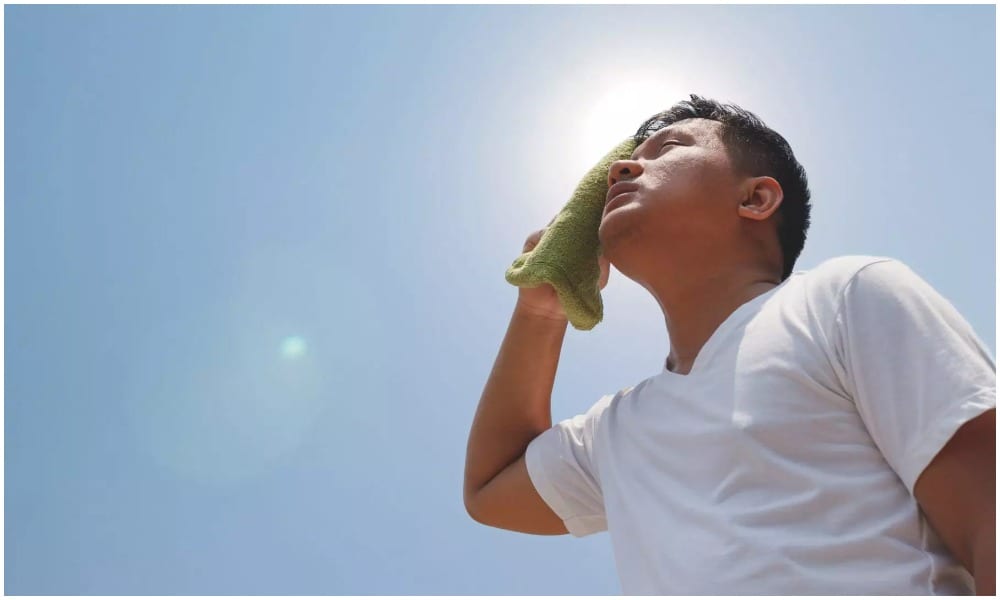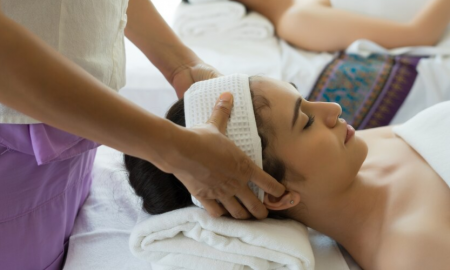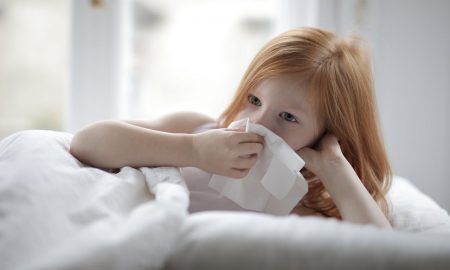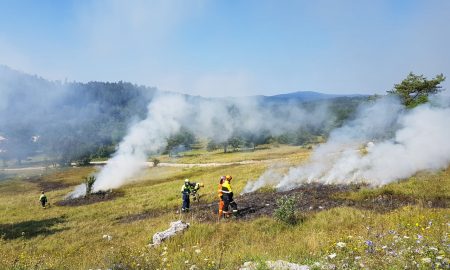
Your Heat Exhaustion Could Turn into A Heatstroke – Here’s How to Stop It

If you are someone who exercises frequently or spends a lot of time in the sunny outdoors, you have probably experienced the symptoms of heat exhaustion. People are often quick to dismiss the tell-tale signs, underplaying it as something that is part and parcel of outdoor activity. However, when left untreated, a case of heat fatigue can rapidly develop into heatstroke with much more severe consequences, so it is important to recognize and alleviate the symptoms as soon as they happen.
Here are some common symptoms of heat exhaustion:
- Heavy Perspiration
- Rapid Pulse
- Clammy Skin and/or Parlor
- Extreme Fatigue to the Point of Collapse
- Nausea
- Headache and/or Migraine
- Light-Headedness
- Fainting
You can expect to experience one or two mild variations of these signs when exerting yourself. Yet, if you begin to experience a combination of them, it is wise to consider treating yourself:
-
Cool Yourself Down

Roman Samborskyi/Shutterstock: Cooling down the body temperature could be a quick solution to prevent a heatstrokeImmediately halt any vigorous physical activity if you are engaged in one, and get out of the heat. If possible, go indoors, preferably with air conditioning to bring down your core body temperature quickly. A refreshing shower can also help lower your body temperature.
-
Hydrate Yourself

instacruising/Shutterstock: Staying hydrated is one of the most effective measures to avoid getting a heatstrokeHeavy perspiration can quickly drain your body of much-needed fluids, so replenish them by drinking water. Sports drinks are also a good option as they contain hydrating electrolytes.
-
Loosen Tight Clothing

BAZA Production/Shutterstock: Allow your skin to breatheIf you have been running in tights or wearing a Fitbit, remove all pieces of restrictive clothes and accessories. This will prevent your attire from trapping heat and help you cool down faster.
If you continue to experience heat exhaustion symptoms for an hour after following these tips, or if the symptoms get worse—do not waste any more time in seeking medical attention.
While heat exhaustion could, in theory, affect anyone, demographics show that
- Children under the age of 4, as well as senior citizens over the age of 65, are more at risk than any other age group.
- Those who are just getting into exercise and have bodies less accustomed to rigorous activity are at higher risk.
- Those who work out in hot, humid temperatures that interfere with the body’s ability to cool down are also at higher risk.
- Those who regularly take medication like antihistamines are at higher risk as these drugs disrupt your biological temperature regulation processes.
If you belong to any of the aforementioned demographics, take extra care and precaution when you work out.
Of course, the proverbial prevention is better than cure. Regardless of which category you fall under, there are simple steps you can take to keep heat exhaustion at bay altogether.
- Do not exercise in the sweltering heat. If you want to run or exercise outdoors, check the weather app, and choose times when temperatures are cool. The evening is an ideal time. If you are unable to make time, consider workout indoors instead.
- Do not hesitate to take breaks. While it can be tempting to power through a routine and finish it sooner, it is important to give your body adequate time to cool down. Take a quick 10-minute break for every 40 minutes of physical activity.
- Keep yourself hydrated. Always carry a water bottle or ensure that you have access to a water cooler. Drink whatever at least once for every 20 minutes of exercise, and do not wait for the thirst to set in.
More in Medicare
-
`
What to Do in Ubud, Bali – Top Attractions & Activities
Ubud, the cultural heart of Bali, offers an array of activities that capture the essence of this enchanting island. From exploring...
September 11, 2024 -
`
Important Aspects of Your Health You Should Pay Attention To
When thinking about your health, it’s crucial to consider the key factors that create a solid foundation for your well-being. These...
September 6, 2024 -
`
6 Creative Birthday Party Ideas For Adults
Gone are the days when birthdays were just about cakes and candles. Now, it is all about creating memorable experiences that...
August 28, 2024 -
`
Are Chanel and Johnny leaving Days of Our Lives? Here Are the Facts
Fans of Days of Our Lives have been on the edge of their seats, wondering if Chanel and Johnny are leaving...
August 20, 2024 -
`
How Much Does Massage Business Make? A Profitability Breakdown
Curious about how much does massage business make? The massage spa industry in the United States is a significant sector, with...
August 14, 2024 -
`
How to Stay Healthy During Cold and Flu Season
Cold and flu season can be a daunting time, with the risk of illness looming large. Missing work, classes, or social...
August 9, 2024 -
`
Which US Virgin Island Is the Best for Your Dream Vacation
Choosing the perfect island for your dream vacation can be challenging, but each of the U.S. Virgin Islands offers something unique...
July 31, 2024 -
`
Is Taylor Swift ‘Officially’ Engaged to Travis Kelce?
Is Taylor Swift engaged to Travis Kelce? This question has been buzzing around fans lately. Well, their relationship has been nothing...
July 23, 2024 -
`
How to Become a Property Manager in 6 Easy Steps
So, you are wondering how to become a property manager? If you love real estate and have a knack for organization,...
July 17, 2024















You must be logged in to post a comment Login